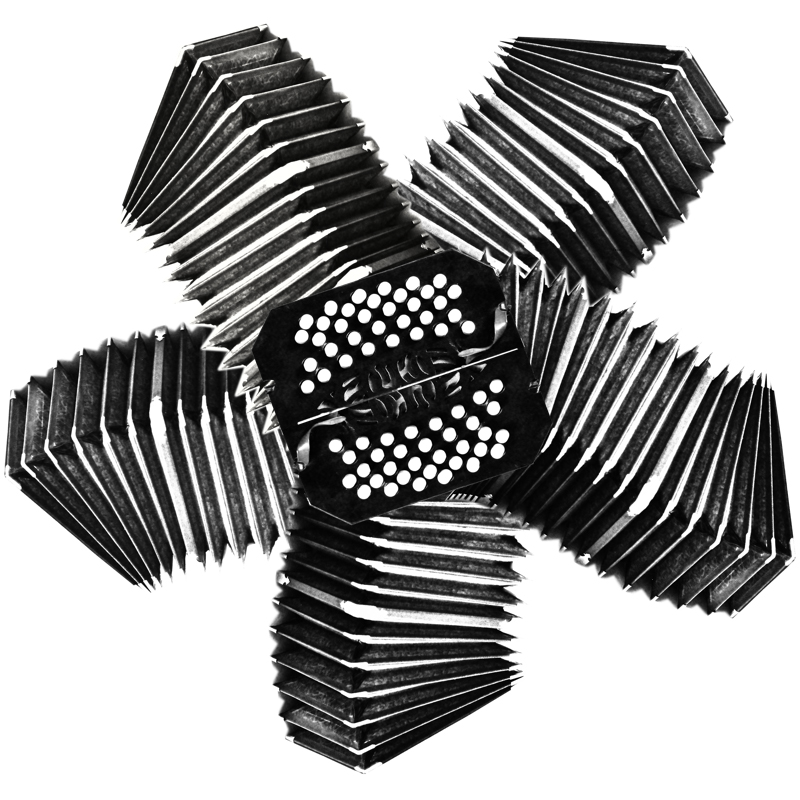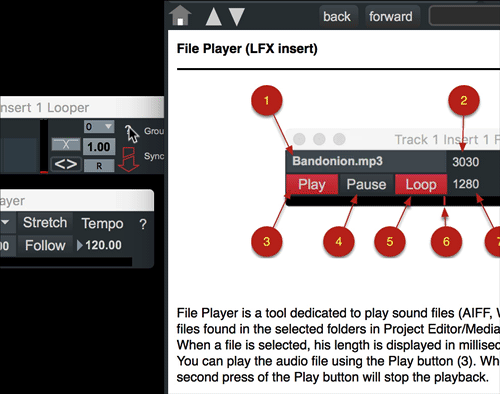Without going back over the whole history of Logelloop, I can tell you that it started in 2002, with the creation of Michel Aumont’s show Souffle en boucles. The premiere of the show took place in 2003, it was also the day Logelloop was born in a prototype version. Michel established the specifications of the looper part. The idea was to emulate the Oberheim Echoplex , which he had been using until then, in a computer and multi-channel way. At that time, I was still working alone on the software programming, later Christophe Baratay joined me, bringing a much stronger competence in computer programming than mine.
With the arrival of this expert, we started again from scratch and developed a tool that could be used by anyone as long as they decided to take the time to get used to the tool. Logelloop 1 was officially released on 29 December 2007.
17 years after the beginning of the programming, we are releasing Logelloop 5, which is both the legacy of several years of hard work and the result of feedback from the various users.
We are very proud of Logelloop 5 which brings some major new tools, including Looper. Looper?Wasn’t there already one in Logelloop? Yes, there was already one, very functional, from the Echoplex emulation. But this time, it is a plug-in, i.e. a module that can be inserted anywhere in Logelloop and that can be instantiated as needed.
We are then in possession of several looper modules, like so many different devices that can work together or separately. We can synchronize them, we can force the loop that Looper records to have a multiple length of the first loop. You can also do Live Looping in a group, i.e. you can bring together several loopers that will record different sources simultaneously. This is the case in the diagram below where a musician controls 4 loopers to record the 4 audio streams in separate channels that can be processed each independently afterwards.
This is what we could call Modular Live Looping and it makes Logelloop 5 the most complete looper because it allows the musician to have different approaches to Live Looping.
Logelloop 5 also comes with contextual and embedded documentation. No matter where you are in the software, you can click on the “?” and the documentation opens on the page related to this part of the software. It doesn’t sound like much, but for a tool with so many features, the contextualized documentation really allows you to get started quickly.
Since we are talking about the introduction of Logelloop, it is time to tell you that there will be a professional training course at Logelloù next fall, you will find more information on this subject on the Logelloù website.
Still at Logelloù, but in May, there will be a LoopFest, a festival where the loop is in the spotlight! We have invited Breton, national and international artists if you are curious about what you can do with a looper, now is the time!
In the meantime, you can go to Logelloop’s new website and download the latest issue to give it a try. It is not necessary to be a musician, the simple desire to play with sound can be enough to try Logelloop !



Leave a Reply